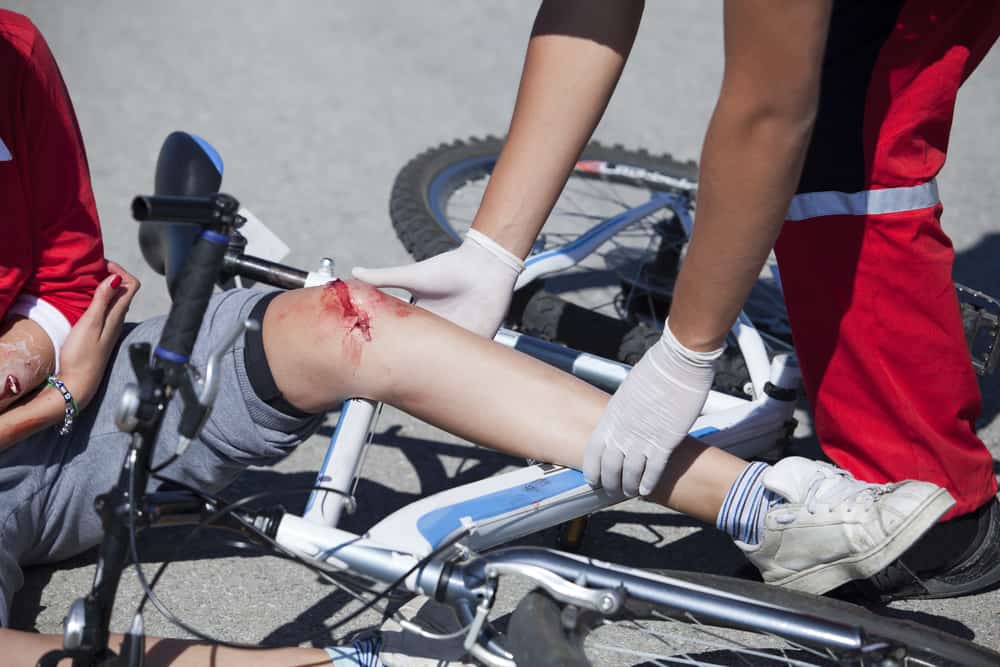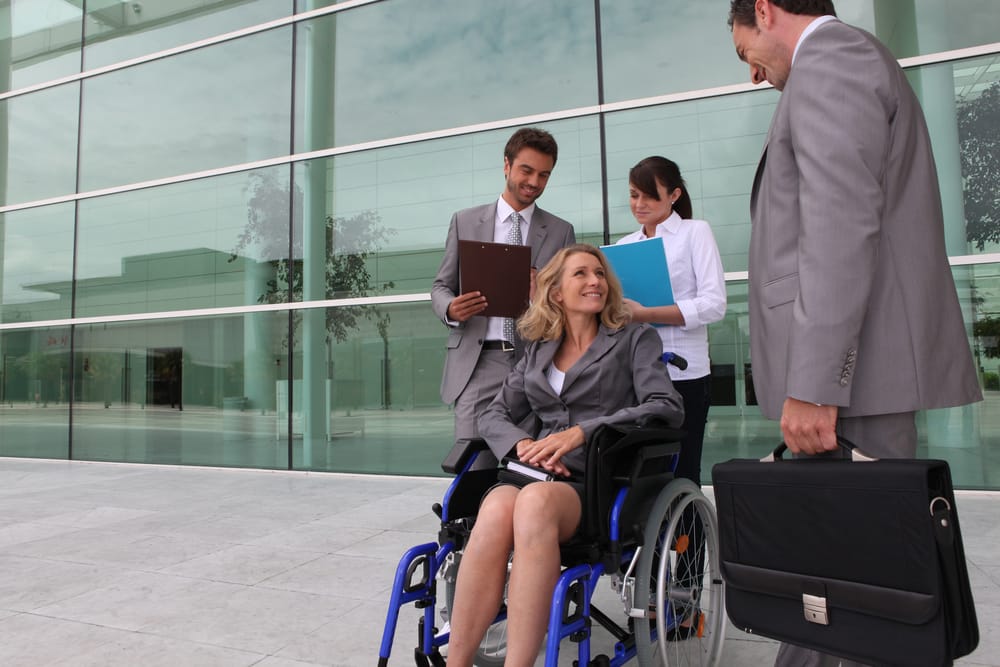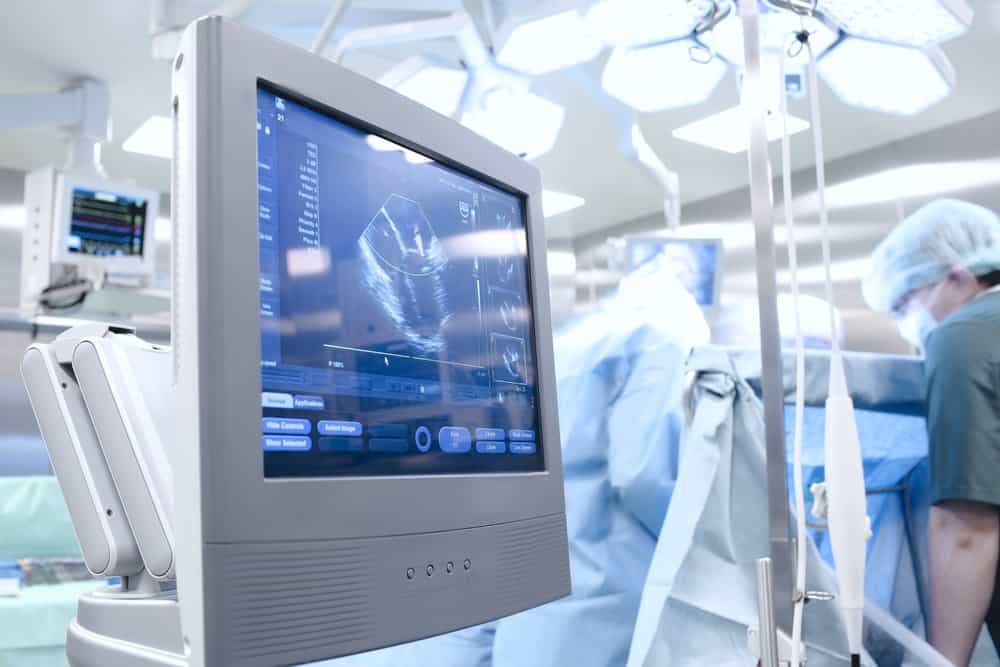According to the latest statistics released by the U.S. Department of Transportation, 843 bicyclists were killed in accidents involving motor vehicles in 2019. This figure represents a 3% decrease from 2018 with 868 bicyclist deaths, but it has increased by 36% from the lowest point reached in 2010.
Since 1975, there has been a 90% decline in the deaths of bicyclists of 20 years and younger, whereas deaths among those older than 20 years have tripled. Bicycles offer a lower risk of protection, placing cyclists at a greater risk of severe injuries or death.
Avoiding Bicycle Crashes
Falls and crashes with cars are the two most common reasons for bicycle crashes. Most bicyclist deaths occur between 6 pm and 9 pm, with 78% in urban areas. According to the NHTSA, one out of every four crashes in 2019 involved a cyclist who had consumed alcohol. In all states, bicyclists are required to follow the same road rules as motorists and have the same responsibilities.
Besides remaining focused and alert, bicyclists are urged to:
- Keep the same direction as the traffic.
- Obey all road markings, street signs, and signals.
- Observe upcoming hazards like grates, potholes, and other obstacles.
- Avoid distractions like texting, listening to music, and anything else that takes their eyes off the road.
- Assume that they are not always easily seen by drivers.
Bicyclists must always be prepared by ensuring that:
- Wear protective equipment
- Have a bike that fits and works
- Keep both hands on the handlebars
- Plan their route
- Make sure clothing can’t get caught in the chain
- Ride one per seat
- Carry all items in a backpack
5 Common Causes of Bicycle Accidents
These are the five most common causes of bicycle accidents contributing to injuries and deaths:
1. Right Cross Collisions
With a right cross collision, a vehicle pulls out of a street, driveway, or parking lot to the cyclist’s right as the cyclist is already passing the car. This type of collision can also occur when the vehicle pulls out far enough to block the right of way so that a crash cannot be avoided.
Bicyclists must ensure they are more visible to drivers by using headlights and flashing lights during daytime hours. In addition, cyclists can give themselves more space to maneuver and be more visible by staying closer to the left of their lane.
2. Left Cross Collisions
With a left cross collision, a vehicle moving in the opposite direction of a cyclist turns left in front of the cyclists, hitting the bicyclist’s left side. It can also happen when the cyclist is cut off by the vehicle, forcing the cyclist to hit the right side of the car.
Bicyclists should always ride on the road instead of the sidewalk to avoid left cross accidents because vehicle drivers don’t always look out for them. Therefore, cyclists must ensure good visibility and foresee dangers by keeping their eyes ahead.
3. Right Hook Crashes
Cars turning right often fail to see a cyclist at a cross street, causing right-hook crashes. Right hook crashes are also caused when a vehicle driver makes a right turn after overtaking or cutting off a cyclist. Vehicle drivers sometimes assume they have enough space to make the turn.
Once again, when cyclists keep to the far left of the lane, they force vehicles to take more care when passing. It also gives the cyclist more space to avoid a crash.
4. Door Prize Collisions
Drivers of parked cars are the culprits in door prize collisions because they open their vehicle door directly into the cyclist’s path. Since the door opens suddenly, the bicyclist is blocked and cannot avoid it by swerving.
Cyclists should ride to the left of a lane to avoid door prize collisions because they are more visible. Additionally, bicyclists should be more aware of parked cars on the right, noticing if there is a driver in them.
5. Rear-end Crashes
When a vehicle driver fails to stop and hits a bicyclist, a rear-end crash occurs. This is one of the most common types of injury, or death-causing bicycle crashes usually caused by drunken driving.
Improved visibility with reflective gear and lights all around helps cyclists to avoid rear-end crashes. Visibility is also improved when bicyclists ride inside their lane as opposed to close to the curb.
Conclusion
Several factors play a role in all five of these common types of bicycle accidents. These include distractions, not paying attention, speeding, and aggressive behavior. In addition, since most accidents occur at intersections, cyclists need to remain alert, wear protective equipment, and obey all laws.


